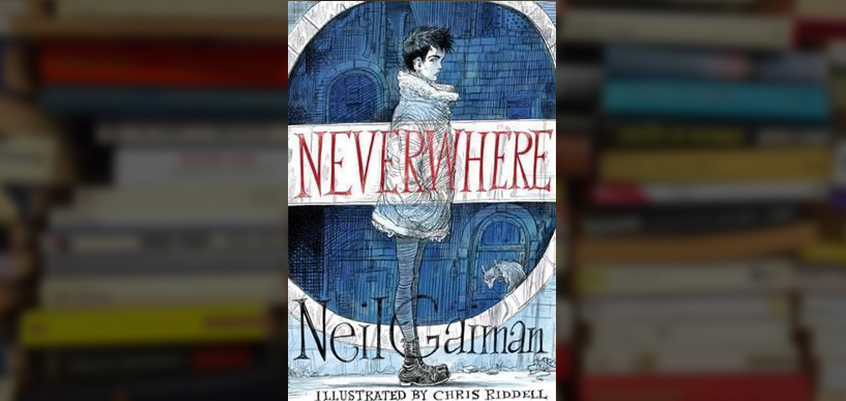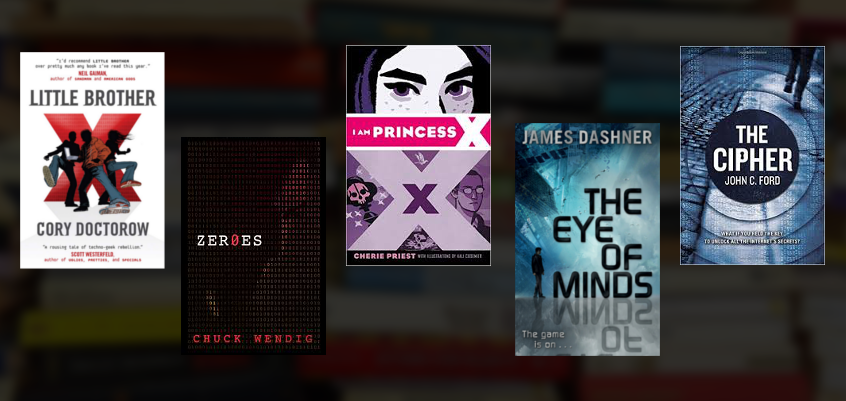The following is a guest post by Theodora Goss, a Hungarian American writer of fantasy short stories, poetry, and novels.
Her stories have been nominated for major awards, including the 2007 Nebula Award for “Pip and the Fairies,” and the 2005 World Fantasy Award for Best Short Fiction for “The Wings of Meister Wilhelm.” She won the 2004 Rhysling Award for Best Long Poem for “Octavia is Lost in the Hall of Masks.” Her collection In the Forest of Forgetting was published in 2006 by Prime Books.
Goss’s newest novel, The Strange Case of the Alchemist’s Daughter, was released by Saga Press in June 2017.
The most important thing I found in London was a drainpipe.
I was in London to research what would become my first novel, The Strange Case of the Alchemist’s Daughter. The novel takes place in late nineteenth-century London; the city of Dr. Jekyll, Sherlock Holmes, and Dracula. What do you imagine when you think of London in the Victorian era? A Dickensian miasma of fog and coal dust, with gas lamps lighting up the lurid avenues? That was more or less the idea I started with, and I thought it would be an easy environment to describe. After all, I had already done a PhD in Victorian literature. I’d read the primary texts, all sorts of critical articles, and even descriptions of London from the era. I was set, right?
And then my main character, Mary Jekyll, had to think about money. Pounds, shillings, pence. How many pence went into a shilling? How many shillings went into a pound? I had no idea. When she walked down Marylebone Road, what did it look like? Again, I was clueless. I could just write “Mary walked down the road,” but then the world I was describing would lack the sort of detail that creates a reality in the reader’s mind. The reader would not be able to see it. It would have no sounds, no smells. It would be a blank space. Movie directors have it a little easier–they can just show everything on screen. But for writers, the screen is the reader’s mind. We have to provide enough detail so readers can create the world we are building themselves.
Of course, we can’t describe everything–that would be boring, and also ineffective. But we need to describe enough so the reader can fill in. We need to say, “Mary heard a carriage rolling down Baker Street. She lifted her skirt to avoid the splashing mud.” Did you see the horse? I didn’t describe the horse, but at this point in the novel you already know we’re in late nineteenth-century London, so you know there must be a horse in front of that carriage. Your mind supplies it without my telling you it’s there. You might also be able to see the succession of apartment buildings, since Mary is searching for a famous flat: 221B. You can probably guess it rained earlier that day; since this is London, rain is a frequent occurrence. And maybe, just maybe, you can see Mary herself, wearing a skirt that goes down to the tops of her boots and needs to be lifted to avoid getting splashed. You might catch a glimpse of her petticoat.
Worldbuilding requires the accumulation of enough specific, memorable details so that your world will rise inside the reader’s mind, as though you had built it there. Think of yourself as a word architect. How do you create that world? First, you have to imagine it yourself. You will likely know a lot more about it than the reader. In order to write my book, I had to know a lot about late nineteenth-century London—much more than I ever put in. It took research in books and online; I read books on everyday life in the Victorian era and looked at photographs from the time period. To create my imaginary London, I examined the real London of that time: what women like Mary wore, what sorts of shops could be found on the road she walked along, what different kinds of carriages looked like. I found out how pounds, shillings, and pence worked, and what each would buy.
As a writer, you have to do this type of research no matter what sort of book you’re writing. Even if it takes place where you are right now, at this particular moment, how much have you really noticed about your environment? Could you make it real to someone else? Research starts with plain old noticing; that’s the first step. Next comes selecting the details that make your world real. To make mine as specific as possible, I went to London and walked around the streets my characters would have known and chose the houses they may have lived in. I noticed the weather and what was blooming in the public parks.
That’s where the drainpipe comes in. I needed one of my characters, Diana Hyde, to climb up to a second floor window. I thought, she can climb up the ivy. After all, in Boston, where I live, many of the buildings are covered with ivy. But in London I noticed that none of the buildings are covered with ivy–so how to get my character up there? Then, in a back alley behind the buildings I was describing, I saw a drainpipe. Many of the buildings have external drainpipes because indoor plumbing was added approximately a hundred years after they were built. And there I had it: Diana climbs up the drainpipe (she’s extraordinarily agile). In that moment, worldbuilding created an element of my plot. It’s magical when that happens.
A writer is like a magician. By sleight of hand and misdirection, the stage magician creates an illusion that you nevertheless believe. And if it’s done well, you wonder how in the world it was done. Was it real, after all? Writers do the same thing: by sleight of pen, we create a world the reader believes in for a little while. We create it out of bits and pieces, bobs and oddments: a row of old brick buildings, the sound of carriage wheels on cobblestones, mud from a rainy morning, the click of boot heels, the swish of a skirt being swept aside. Out of these fragments, the reader creates a world to live in, as long as the book lasts.
How to build a world: Remember that you are an architect. The world is built inside the reader’s mind. Your tools are words: specific, detailed, memorable. Out of those words, a world rises.


